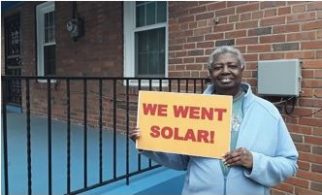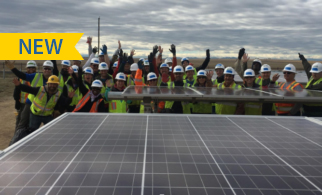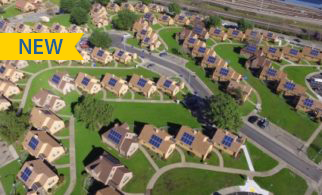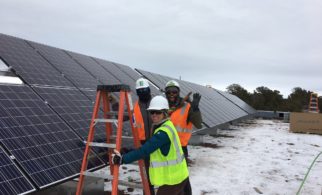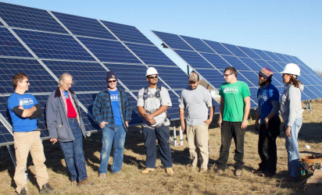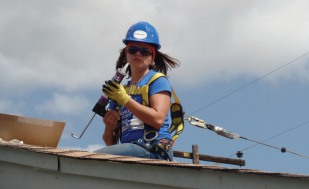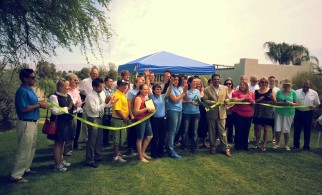Community Purchase Programs
Guiding principles: Accessibility and Affordability, Community Engagement
Barriers addressed: Cost, Market Forces, Education and Outreach
Also called “Solarize” programs, Community Purchase Programs help multiple homeowners go solar together, making the process easier and more affordable. Typically a third-party administrator (often a nonprofit organization or public agency) helps homeowners pool their purchasing power and navigate the process of issuing a request for proposals, selecting a qualified solar provider, and assessing financing options. This model can result in prices that are 15-20 percent lower than market rates, putting solar within reach of some lower-income homeowners. Importantly, low-income customers will still need access to incentives, financing and/or options beyond direct upfront cash purchase for this model to work in this sector. The process of going solar with friends, neighbors and expert guidance also helps overcome the education and marketing barriers that are particularly pronounced in low-income communities.
Community Purchase Programs have been successfully administered to serve specific neighborhoods, employee networks and other affinity groups. A rooftop solar offering could also be combined with a shared solar project to enable participation from renters. A great example is underway in the District of Columbia. The 51st State Solar Co-op will focus on expanding access to solar for low-income households.
